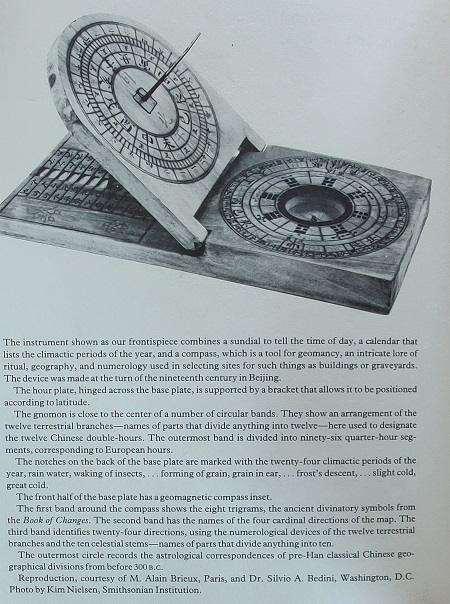More than three thousand years ago, the early Chinese discovered the magic square and it's connection to the Pythagorean Theorem. The numbers of the calendar could be found in the giant 27x27 magic square. The Chinese Magic Square, also known as the Luo Shu, could also be represented by "quincuncial compostion", an art motif that would come to symbolize universal order thru the implementation of math that would lead to the understanding of the concepts of time and space.
An important feature of the 3x3 magic square is the quincuncial relationship of even and odd numbers around the center number. A quincunx is defined as an arrangement of five things with one at each corner and one at the center of a square. The even numbers of the first nine numbers will occupy the corners (or four quadrants) and represent earth, the odd numbers will form a cruciform with the number five at the center and represent heaven; this is known as a double quincunx. To the early Chinese, this model of numerology represented heaven and earth in microcosm, the four cardinal directions and the "cosmic center" or the meeting of heaven and earth. This model also represented time and space as well as establishing universal order by the application of mathematics. In summary, this is what makes this motif a cosmo-magical design that was used by many cultures throughout history.
(6 cubed). The stones that represent earth, heaven, and the trinity (the three stones above the head of Christ) sum to 111 stones, which is the magic constant of the 6x6 magic square which, in alchemy, corresponds to the sun, or illumination. Therefore, the arrangements of stones are based on the number six and the 6x6 magic square. Furthermore, the sum total of numbers in the 6x6 magic square (1 thru 36) equals 666: the number of man, the number of the beast, and the number of wisdom.
effective date of registration: January 30, 2025
Registration decision date: April 25, 2025
Author: Robert Dickter



















